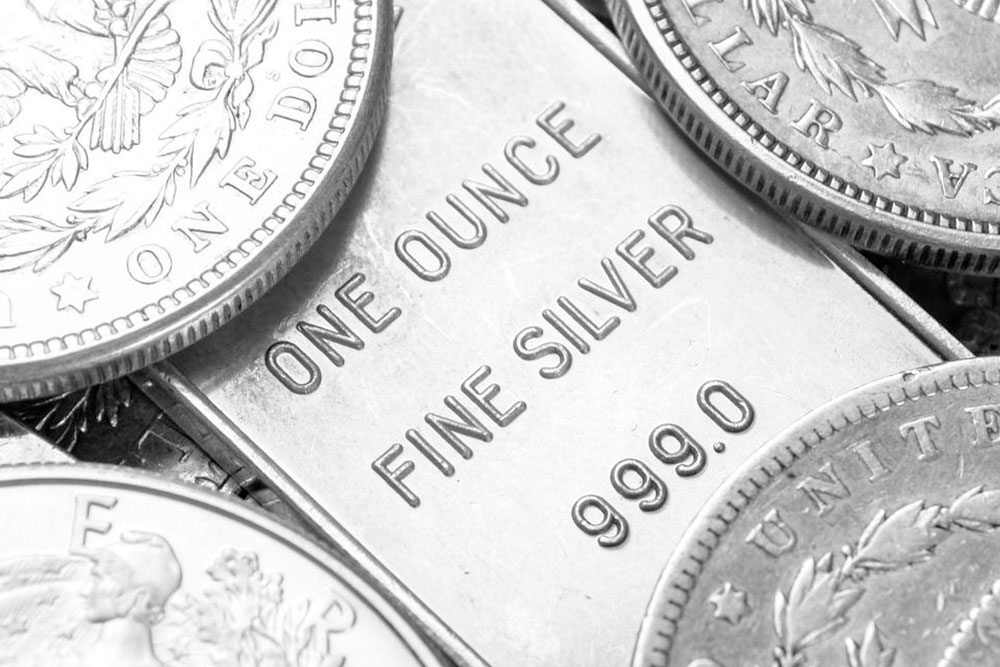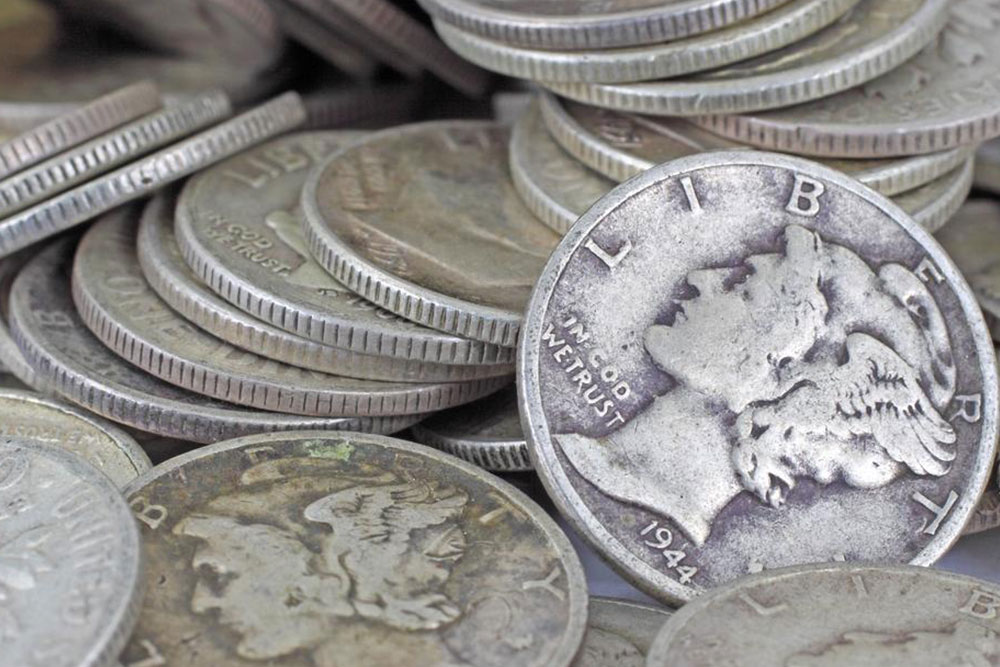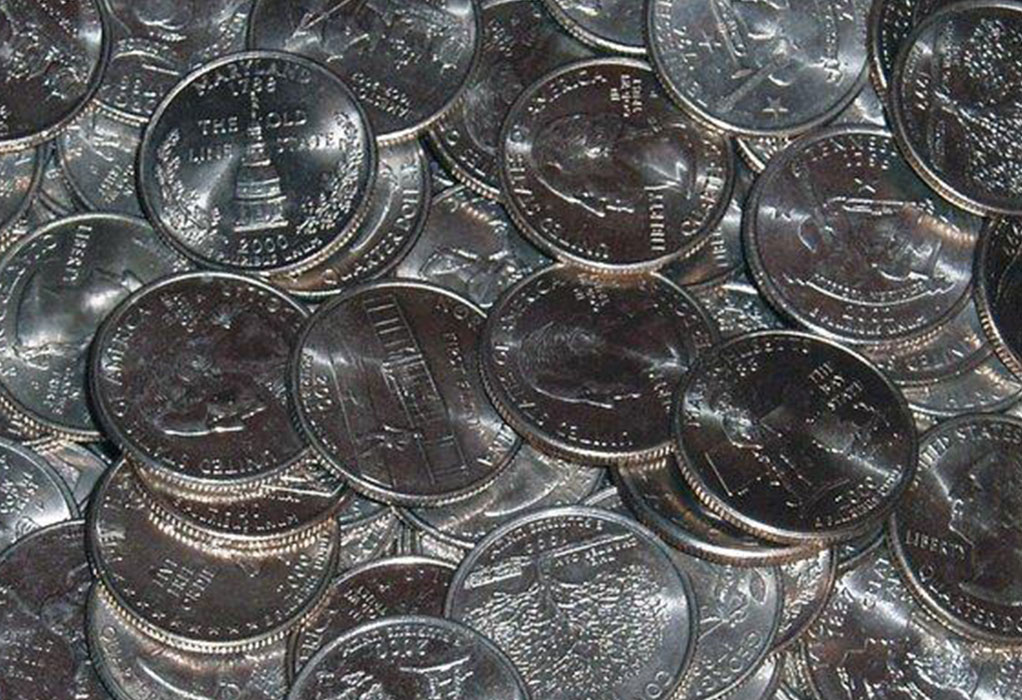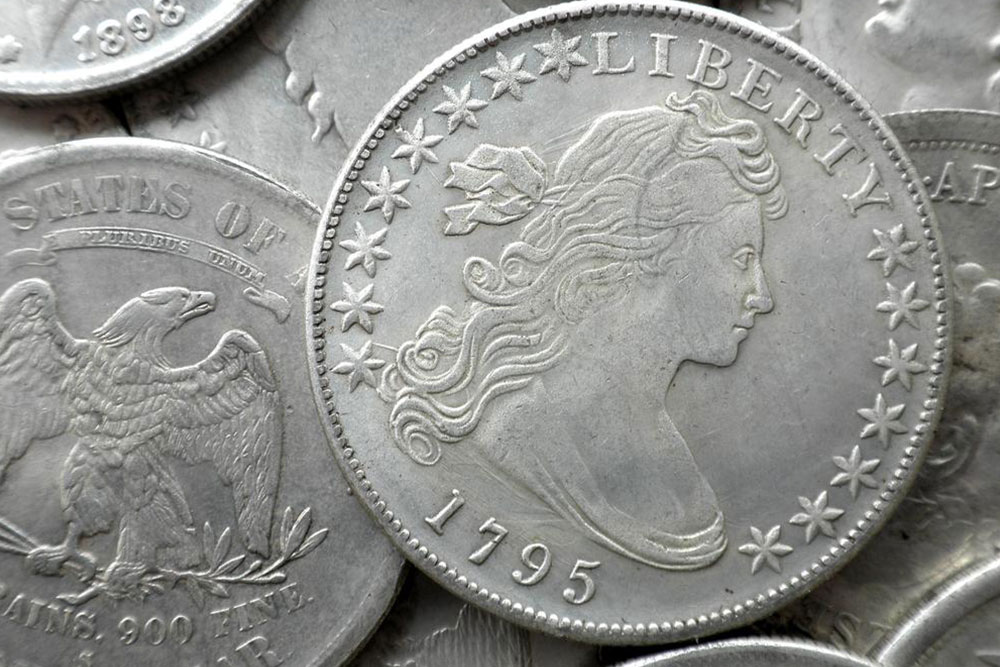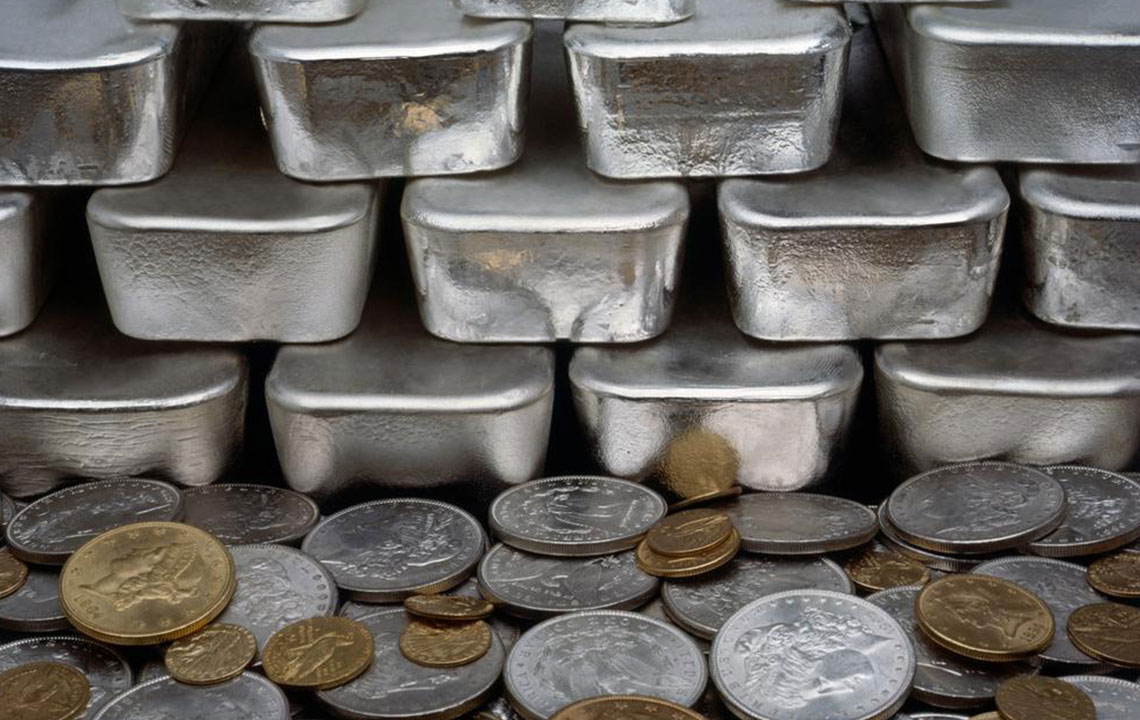A Comprehensive Guide to Investing in Silver Bars and Coins
This comprehensive guide explores silver investment options, including coins and bars, highlighting their manufacturing processes, benefits, and strategic roles in diversified portfolios. Ideal for investors seeking stability and liquidity in uncertain economic times, this article offers essential insights into purchasing, storing, and leveraging silver bullion for long-term wealth preservation.
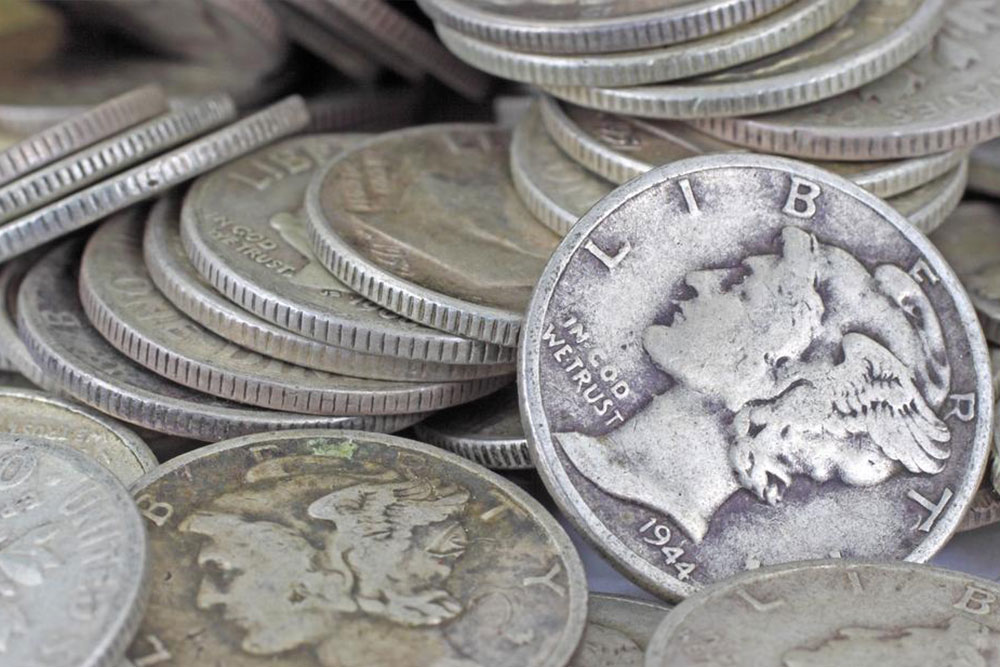
Understanding Silver Investment: Bars, Coins, and Their Role in a Diversified Portfolio
Silver has long been recognized as a valuable precious metal with significant investment potential. For investors seeking to diversify their portfolios, silver bars and coins offer a tangible and reliable means of preserving wealth, especially during periods of economic uncertainty. Unlike stocks or bonds, which are subject to market volatility, silver maintains its intrinsic value, serving as a hedge against inflation and currency devaluation.
In the vast landscape of precious metals investment, silver stands out due to its affordability, liquidity, and widespread recognition. Whether you're a seasoned investor or a beginner exploring alternative assets, understanding the nuances of silver bars and coins is crucial for making informed investment decisions and optimizing your portfolio's stability.
Why Invest in Silver? The Key Benefits
Adding silver to your investment mix comes with multiple advantages:
Preservation of Value: Silver tends to retain its value over time, especially during economic downturns when traditional assets may falter.
Hedge Against Inflation: As fiat currencies lose purchasing power, silver tends to appreciate, serving as a safeguard for your capital.
High Liquidity: Silver bullion, whether in coin or bar form, is easy to buy or sell globally, ensuring quick transactions when needed.
Affordability: Compared to gold, silver is more accessible for retail investors, allowing for diversification even with modest budgets.
Different Forms of Silver for Investment
Silver investment options are diverse, including coins, bars, ingots, and rounds, each with unique features suitable for different investor preferences and goals. The most familiar and widely recognized are silver coins, especially those issued by official mints. These coins often come with collectible or vintage value but are also used solely for investment purposes.
Silver bars, on the other hand, are favored for their simplicity and larger quantities. They often come in standard weights such as 1 oz, 10 oz, or even kilogram sizes. Bars are typically more cost-effective on a per-ounce basis compared to coins, making them an attractive option for bulk holdings.
In contrast, silver rounds are similar to coins but lack official government backing. They are popular among private mints, offering a variety of designs, and are often purchased for their affordability and ease of stacking.
The Manufacturing Process of Silver Bullion
Silver bullion manufacturing involves transforming raw silver into usable forms through melting and casting processes. The purity of silver is paramount; standard investment silver typically boasts a purity of 99.9%, ensuring high quality and market acceptance.
The process begins with melting raw silver at extremely high temperatures—above 2192°F (1200°C). Once molten, silver is poured into molds to produce ingots, bars, or coins. These forms are then stamped or pressed with markings indicating purity, weight, and minting details, which help verify authenticity and facilitate trading.
Quality assurance is critical; investment-grade silver should always carry markings of purity and weight, often accompanied by assay certificates for larger purchases.
Popular Silver Bullion Coins and Their Characteristics
Silver coins are among the most recognized investment options worldwide. The United States Mint produces well-known coins such as the American Silver Eagle, which is highly regarded for its purity and iconic design. These coins are often sold in protective cases, especially proof versions, which carry an additional premium due to their craftsmanship.
Uncirculated silver coins are also available and are purchased both by collectors and investors. They are typically sold to authorized dealers and distributors, ensuring authenticity and quality.
Other countries, including Canada, Australia, and Mexico, also produce silver coins, each with their unique designs and collectible value. Some coins feature special editions and limited mintages, enhancing their appeal both as investments and collectibles.
The Strategic Role of Silver in Investment Portfolios
Silver plays a strategic role as a safeguard against economic instability. During market crises, demand for physical silver often increases as investors seek safe-haven assets. Silver's intrinsic value, backed by its industrial use and market acceptance, makes it a reliable store of wealth.
Moreover, silver can serve as an affordable entry point into precious metals investing. Its lower price per ounce enables investors to acquire larger quantities, enhancing diversification and providing liquidity when needed.
Additionally, holding silver provides a hedge against fiat currency devaluation and geopolitical uncertainties, reinforcing its position as a crucial component of a resilient investment portfolio.
How to Purchase Silver Safely and Effectively
Investing in silver is straightforward, but investors should exercise caution to ensure authenticity and fair pricing. Silver can be purchased through multiple channels:
Banks: Some banks offer silver coins and bars, often at competitive premiums.
Precious Metal Dealers: Reputable dealers provide a wide selection of silver bullion products and can offer guidance.
Online Marketplaces: Platforms like APMEX, JM Bullion, and others facilitate secure transactions with certified products.
Coin Shows and Auctions: These venues provide opportunities for rare and collectible silver items but require careful evaluation of authenticity.
When purchasing silver, always verify certification, purity, and provenance. Storing silver securely—either in safes, vaults, or professional storage facilities—also preserves its value and reduces risks of theft or damage.
Conclusion: Investing in Silver for Long-Term Wealth Preservation
In conclusion, silver remains a vital asset class for investors seeking stability, liquidity, and diversification. Whether through buying silver coins, bars, or rounds, investors can leverage silver's unique properties to safeguard their wealth in uncertain economic times. The manufacturing process, quality standards, and versatile forms of silver make it an accessible and practical investment choice. Proper selection and storage are essential to maximize benefits and ensure a successful silver investment journey. As part of a balanced portfolio, silver offers resilience and the potential for appreciation, especially during periods of financial instability. By understanding the fundamentals and strategic advantages of silver, investors can confidently incorporate this precious metal into their financial plan for long-term security and growth.
